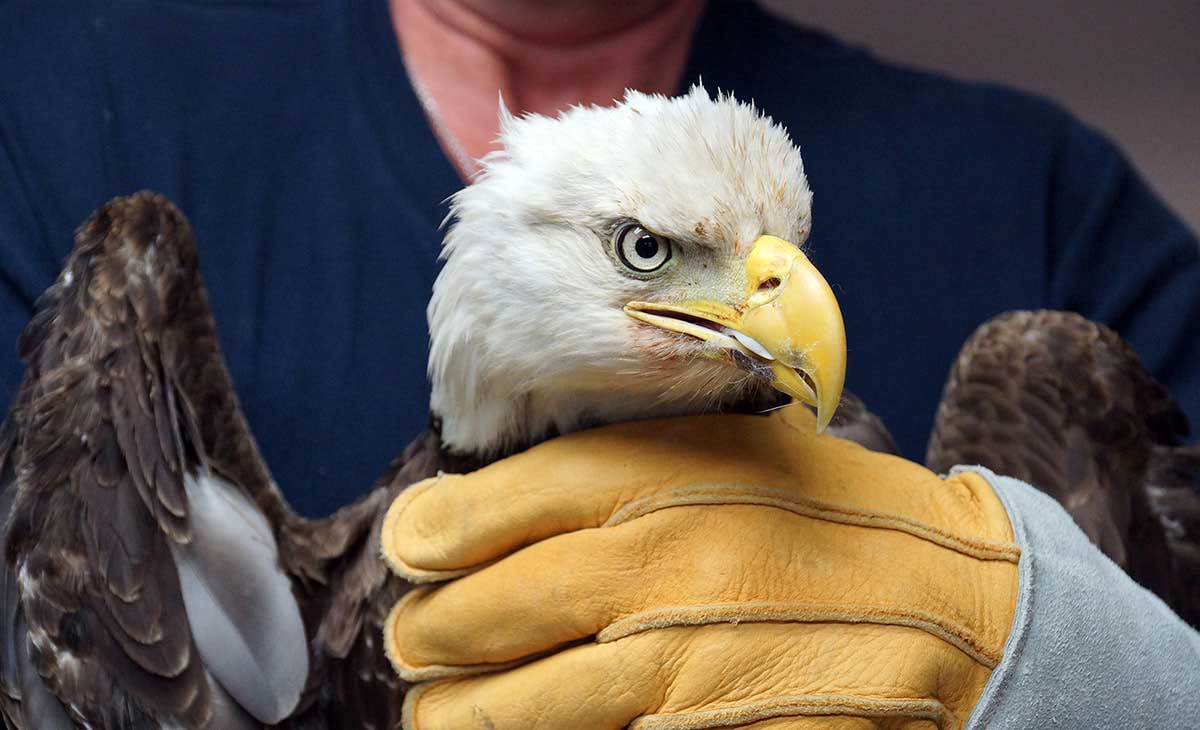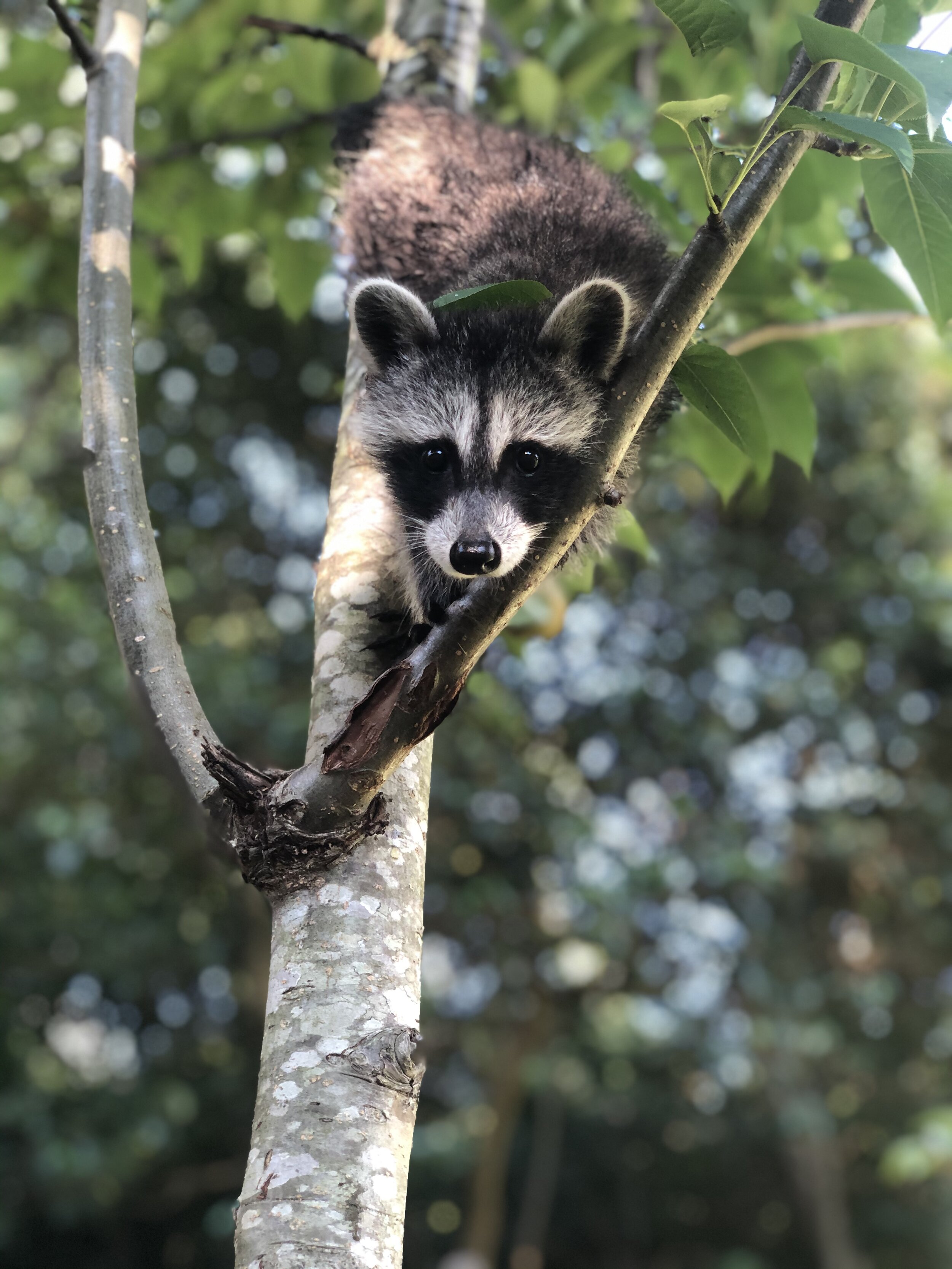Comprehensive Solutions for Wildlife Removal Burlington: Protecting Your Home
Wiki Article
Effective Wildlife Removal Methods for a Peaceful Home Environment
In the quest of keeping a tranquil home, house owners frequently deal with the challenge of wildlife invasions, which can interrupt the peace of their setting. Carrying out reliable wild animals removal strategies needs a nuanced understanding of both humane exclusion methods and preventative measures. By resolving access points and reducing attractants, one can significantly diminish the chance of uninvited visitors. Nonetheless, the intricacy of these approaches typically requires a better evaluation of certain approaches and the prospective demand for specialist treatment. What are the key parts of these strategies, and when should one consider looking for professional assistance?Identifying Common Wild Animals Intruders
Identifying typical wildlife burglars is a vital first action in effective wild animals monitoring. Comprehending the particular types that frequently infiltrate commercial and domestic rooms enables residential or commercial property proprietors and wild animals professionals to execute targeted strategies for reducing potential damages and health risks. Typical burglars typically consist of raccoons, squirrels, bats, and numerous species of birds and rodents, each bringing one-of-a-kind difficulties.Bats, while helpful for regulating insect populaces, can end up being an annoyance when they roost in attic rooms, potentially spreading conditions such as histoplasmosis. Birds, consisting of sparrows and pigeons, usually produce unsanitary conditions with their droppings, leading to architectural deterioration and health and wellness issues - burlington wildlife rescue.
Humane Exemption Techniques
Understanding the usual wildlife burglars is the foundation upon which reliable exclusion strategies are constructed. Determining species such as raccoons, birds, and squirrels aids in creating humane exclusion methods tailored to details habits and entry approaches. Exclusion is a preventative strategy targeted at refuting wild animals access to homes and buildings, hence minimizing the demand for more invasive procedures.The keystone of humane exemption entails sealing possible entry points. This includes fixing openings in roofing systems, walls, and structures, in addition to mounting chimney caps and vent covers. For smaller intruders like bats and mice, utilizing products such as steel woollen and caulk to secure gaps is necessary. In addition, making sure that windows and doors are protected, and that displays are undamaged, can better deter entrance.
Mounting motion-activated lights or ultrasonic tools can dissuade nocturnal wild animals. These exemption methods not only shield the home setting but also value the wild animals, allowing them to grow in their all-natural habitats without injury.
Safe Capturing Methods
When exemption methods want, secure trapping approaches become a required option in wild animals administration. Capturing, when carried out correctly, supplies a humane and efficient methods of addressing an instant wildlife trouble while guaranteeing marginal anxiety and harm to the pet. This approach requires an understanding of both the habits of the target varieties and the honest considerations associated with wildlife handling.The initial step in safe trapping entails selecting the ideal trap type. Live catches, such as cage catches, are generally suggested as they permit the capture and release of the animal in other places. These traps have to be inspected regularly to stop unnecessary stress and anxiety or injury to the captured wild animals. It is vital to follow regional laws regarding trapping and moving to make certain compliance with lawful requirements and wild animals preservation concepts. burlington wildlife visit the website rescue.
Additionally, bait selection and placement are important elements in making certain effective capturing. Lure must be chosen based on the nutritional preferences of the target types and purposefully put to draw the animal into the trap. As soon as trapped, the animal needs to be handled with care, using safety equipment if needed, to promote secure transport and release, thereby keeping a well balanced ecological community and a peaceful home setting.
Preventive Home Adjustments
While safe trapping approaches attend to instant wildlife issues, lasting options typically entail preventative home alterations to prevent pets from entering human rooms. Carrying out these modifications not just improves the safety and comfort of your living environment yet also lowers the probability of future wildlife breaches.An essential facet of preventative techniques is securing prospective entrance factors. This entails evaluating and fixing any spaces or fractures in the blog here structure, wall surfaces, and roofing, as these can end up being gain access to paths for wildlife.
Landscaping modifications can also function as effective deterrents. Trimming tree branches that overhang the roof and removing debris piles can eliminate routes and environments that bring in wild animals. Preserving a clean lawn by protecting trash can and compost heaps inhibits scavengers such as raccoons and marsupials.

## When to Call Professionals
Expert intervention comes to be important in scenarios where wildlife issues go beyond the scope of do it yourself remedies. Property owners might experience scenarios where the complexity or threat of the wildlife issue demands professional experience. Dealing with hostile pets such as raccoons, serpents, or bats typically calls for customized abilities and devices to ensure safety and efficiency. Attempting to manage these animals without correct expertise can bring about injury or intensify the issue.
Additionally, invasions including protected or threatened types need a nuanced approach to adhere to lawful guidelines. Experts are geared up with the required licenses and understand the lawful frameworks governing the handling of such varieties. This makes certain that elimination is carried out ethically and within lawful boundaries.

Last but not least, when wildlife positions a relentless issue regardless of repeated DIY initiatives, specialist services can provide thorough evaluation and lasting solutions tailored to protect against recurrence - wildlife removal Burlington. Their knowledge not only solves the prompt problem yet also safeguards the home environment in the future
Final Thought
Carrying out efficient wildlife removal methods is essential for keeping a tranquil home environment. With each other, these approaches produce a harmonious living space cost-free from wild animals disturbances.
These exemption approaches not only safeguard the home atmosphere yet also respect the wild animals, permitting them to thrive in their natural habitats without damage.
Applying effective wildlife removal approaches is vital for keeping a peaceful home environment.
Report this wiki page